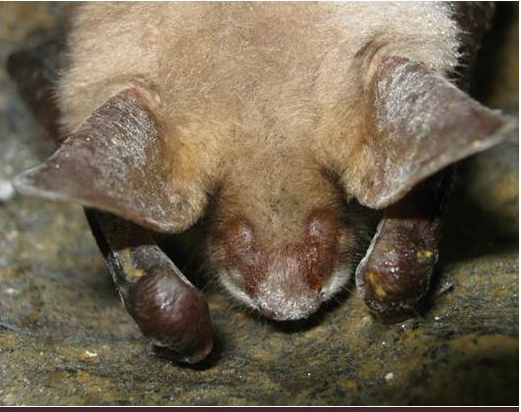






Web design by Martin Kostovcik, 2010













Phylogeny and speciation processes inside the genus Claviceps encompassing causal fungi of ergot
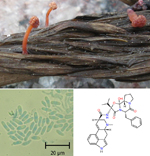

Phylogeny and speciation processes inside the genus Claviceps encompassing causal fungi of ergot


Phylogeny and speciation processes inside the genus Claviceps encompassing causal fungi of ergot

Xylariaceous symbionts of the Xiphydria woodwasps living in broad-leaved trees
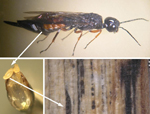
Uncovering mysteries of bark beetles symbionts
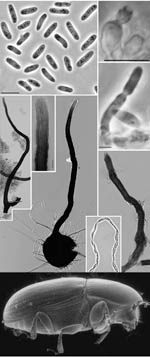
Bark beetles are important component s of forest habitat, they acts as natural selection agents and can be even serious tree pathogens. They are associated with phylogeneticaly diverse fungal symbionts, which can effect beetles developments, provide additional or main food source and attack plant tissues. The long-term objective of our team is to gain complex knowledge about little known Geosmithia symbiosis, its evolutionary history, diversity and interactions with the environment, encompassing in the term evolutionary ecology...

Aspergillus (Ascomycota: Eurotiales) is genus of filamentous fungi comprising biotechnologically and toxicologically important fungi. More than 60 species have been isolated from clinical material and several species are serious human pathogens. One of the most widely used determinations genetic markers is ß-tubulin gene...

Improving determinations tools in Aspergillus
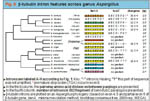


Phylogeography of red-spored Geosmithia species
Red-spored Geosmithia (Ascomycota: Hypocreales) are part of highly diverse genus found to be strongly associated with bark beetles (Coleoptera: Curculionidae, Scolytinae), bostrichids and even with ambrosia beetles with worldwide distribution...
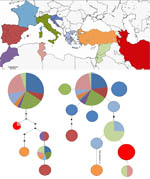


Diversity and taxonomy of endophytic fungi associated with forest trees
Endophytic fungi are growing in living plant tissues without causing any symptoms. They can eventually become pathogens or saprotrophs and effectively degrade wood matrix...


Novel taxa adapted to specific habitats of extreme acid and saline soils
Recently, the interest in studying extreme environments has increased. These habitats may accommodate new species, which may be used as unique sources of enzymes or secondary metabolites of biotechnological or pharmaceutical potential....


Identity and biotechnological potential of secondary metabolites of insect associated fungi
Our long term interest is in identification of natural compounds produced by microorganisms. In fungi more than 4000 fungal metabolites are described and 5000-7000 taxonomic species have been studied with respect to their chemistry but other 99% from the estimated number of fungal species have unknown metabolic properties....
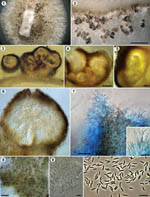
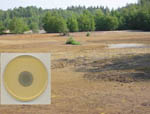
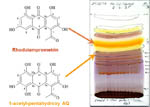


Taxonomic studies on other taxa
We are providing identification service for broad spectrum of fungi. We collaborate with local and abroad research institutes and universities on molecular characterization and phylogenetic analyses of fungi from clinical material, forest macromycetes, plant pathogens, soil fungi etc....
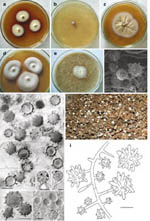
Siricid woodwasps (Hymenoptera: Siricidae) are wood-borers acting as secondary and mostly minor pests in their native forests, but becoming aggressive and damaging after their introduction to the new areas. Similarly to other wood-borers, woodwasps live in obligatory nutritional symbiosis with fungi, which are themselves of economic importance as wood-destroyers....



Epidemiology, diversity and taxonomy of dermatophytes
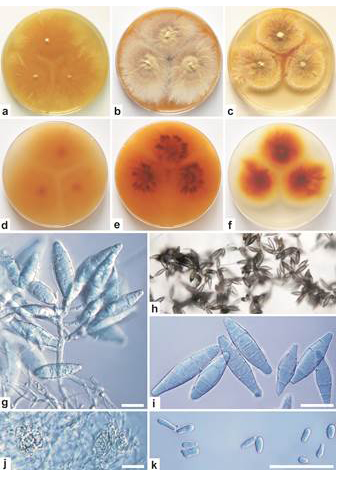
Dermatophytes are the most successful human pathogenic fungi
Dermatophytes are a group of ecologically, morphologically and phylogenetically related microscopic fungi comprising the most important causal agents of superficial fungal infections of humans and animals. Dermatophytoses belong to the world’s most common infectious diseases with prevalence between 20% and 25% (Havlickova, et al., 2008). High financial costs are associated worldwide with treatment, diagnosis, prevention and sickness leave of some patients (Drake, et al., 1996, Gupta, 1998).
Dermatophytes are a group of ecologically, morphologically and phylogenetically related microscopic fungi comprising the most important causal agents of superficial fungal infections of humans and animals. Dermatophytoses belong to the world’s most common infectious diseases with prevalence between 20% and 25% (Havlickova, et al., 2008). High financial costs are associated worldwide with treatment, diagnosis, prevention and sickness leave of some patients (Drake, et al., 1996, Gupta, 1998).

Epidemiology, diversity and taxonomy of dermatophytes
Dermatophytes are the most successful human pathogenic fungi
Dermatophytes are a group of ecologically, morphologically and phylogenetically related microscopic fungi comprising the most important causal agents of superficial fungal infections of humans and animals. Dermatophytoses belong to the world’s most common infectious diseases with prevalence between 20% and 25% (Havlickova, et al., 2008). High financial costs are associated worldwide with treatment, diagnosis, prevention and sickness leave of some patients (Drake, et al., 1996, Gupta, 1998).
Dermatophytes are a group of ecologically, morphologically and phylogenetically related microscopic fungi comprising the most important causal agents of superficial fungal infections of humans and animals. Dermatophytoses belong to the world’s most common infectious diseases with prevalence between 20% and 25% (Havlickova, et al., 2008). High financial costs are associated worldwide with treatment, diagnosis, prevention and sickness leave of some patients (Drake, et al., 1996, Gupta, 1998).



Evolution and ecology of white nose syndrome fungus Pseudogymnoascus destructans
Pseudogymnoascus destructans [formerly Geomyces destructans] is a slow growing psychrophilic fungus pathogenic to insectivorous hibernating bats. Emergence of this novel fungal pathogen in eastern North America has become a threat to bat diversity of major conservation concern owing to the geographic spread of the epidemic called white-nose syndrome (WNS) since 2006 and the associated decline in affected bat populations.
